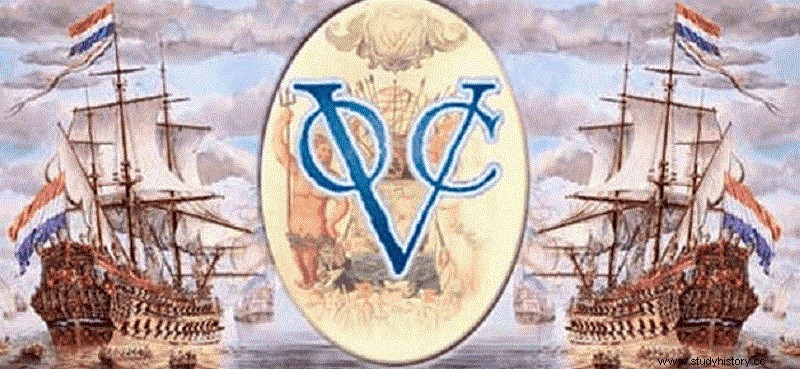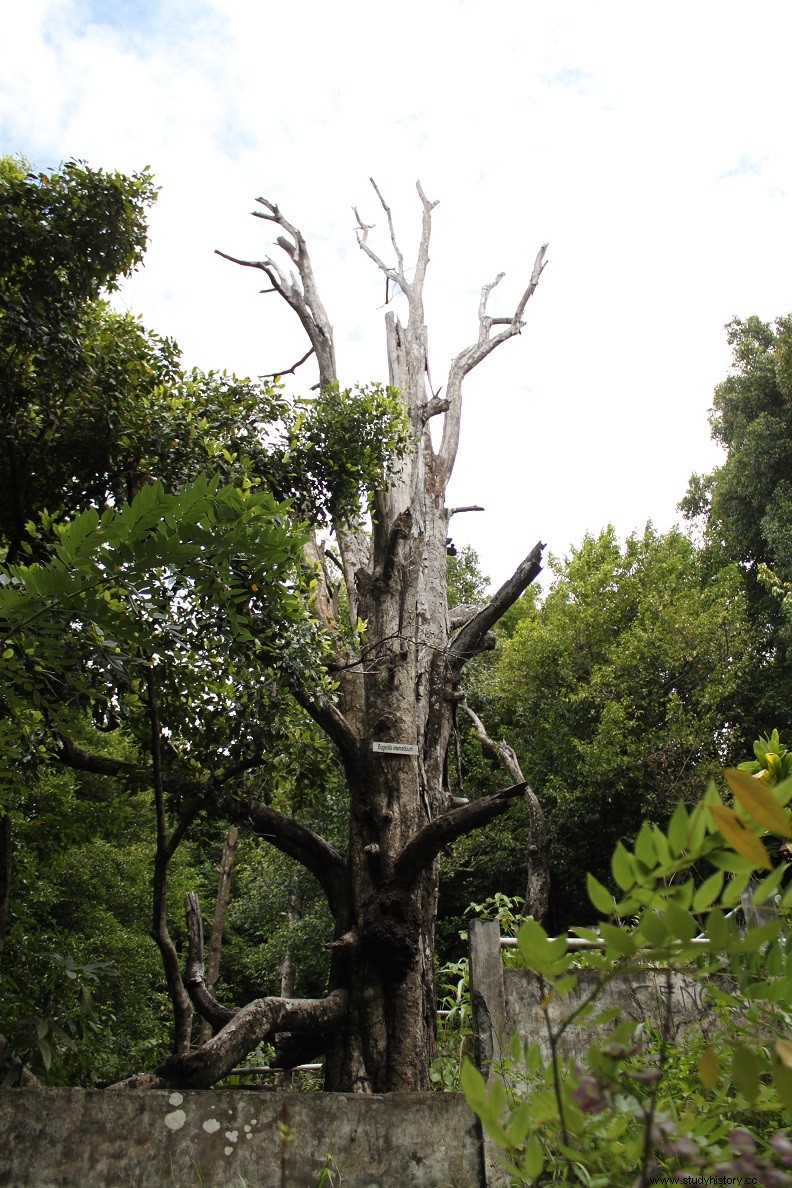The Dutch East India Company ( Vereenigde Oostindische Compagnie or VOC), created in 1602 in the Netherlands, was one of the first large multinational corporations -first place would be disputed with the British East India Company- whose objective was the control of trade with Asia. That was its founding reason, but the reality is that it was something more than a large multinational company, because, despite the fact that the capital, divided into shares, was made up of contributions from private investors, it was endowed with powers similar to those of a State, such as the power to declare war, mint money, organize colonies or sign treaties. And for this, the Dutch corporation came to have its own army, which was made up of 10,000 men and 40 warships, not to mention a commercial fleet of 150 ships and a staff of 50,000 people at its service.

Although Portugal was able to recover Brazil, with the signing of the Treaty of The Hague (1661), which put an end to the Portuguese-Dutch War, the United Provinces of the Netherlands (Holland) managed to control the lucrative spice trade and satisfy their expansionist desires by establishing or increasing its presence in the Far East, the eastern coast of South America and the African coast. And because of the fact that "among firefighters we do not step on the hose", the British East India Company kept the Indian subcontinent, what would later be called the British Raj, and the Dutch corporation with Southeast Asia. But the objective of the Dutch Company went beyond the control of the spice trade, what they did was to establish a spice monopoly, controlling the routes, the ports, the annual production and, of course, the price. A round business by all accounts, but with the nail (or cloves) got a pimple on their asses.
In 1667, with absolute control over clove, it established the islands of Ternate and Tidore (in present-day Indonesia) as the only production sites and forced the uprooting or burning of all clove trees that were not owned by the company. In addition, anyone caught cultivating the tree or in possession of seeds of this species, without express authorization, faced the death penalty. And, logically, he limited the supply to about 1,000 tons of cloves a year to keep prices high. In fact, if in any year more was produced than stipulated, the surplus was destroyed or thrown into the sea.

The Dutch controlled all the clove trees on the islands...or so they thought. It is not known how, but one of them escaped Dutch control and its destructive clutches. At about 1,800 meters high, on the slope of the Gamalama volcano on the island of Ternate, there is an old clove tree called Afo . Although now it is just a stump with a few branches, protected by a wall, it grew to be 40 meters tall and four meters in diameter, and is the oldest clove tree in the world at around 400 years old. And don't leave yet, there's still more...

Afo
When in 1770 a French missionary ran into him, he decided to risk it - he must have had a patriotic or business streak - and took some cuttings from him. He smuggled them out of the island and took them to France, and from there to Zanzibar - currently the world's largest producer of cloves. Afo circumvented the ban and, with the help of the missionary, broke the Dutch monopoly.
